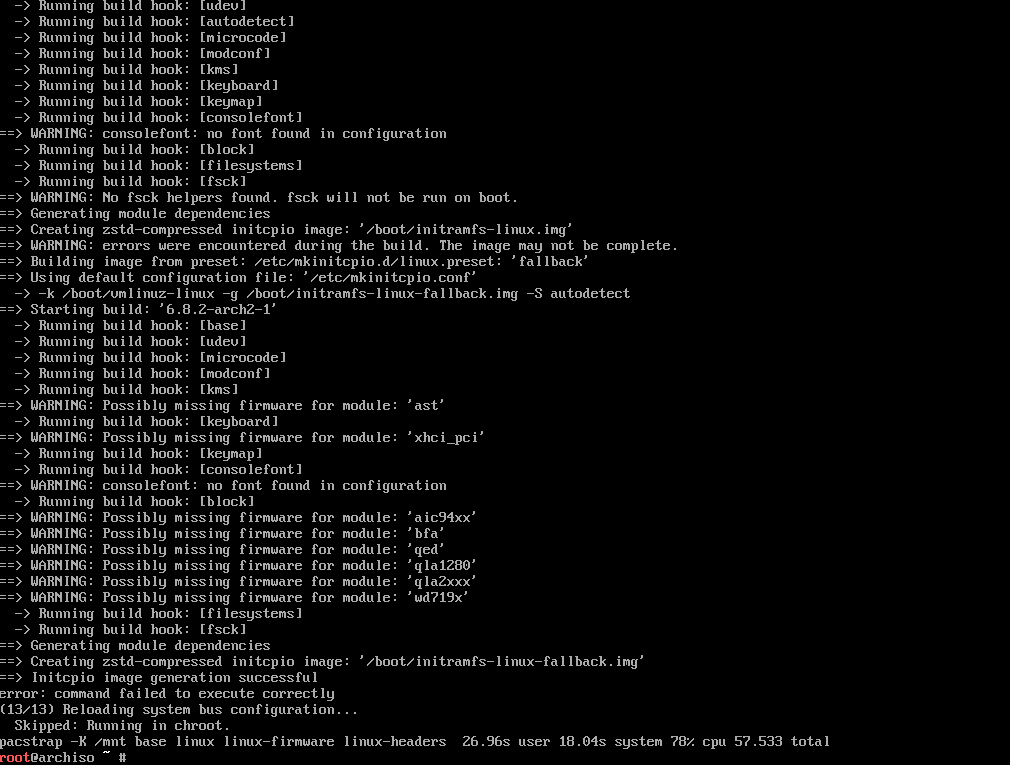Yeah I didn’t think I used cuda! Most reviews/benchmarks seem to place the 4070 ahead of the RX 7800XT though. The only reasons AMD is still tempting is the extra VRAM and better Linux compatibility. I’ll have to have a think about it, thanks for your help though!
Infernal_pizza
Not really, I do use VMs but not normally just 1 or 2 at a time, and I don’t think I’ve ever run into cpu issues with them (usually it’s disk usage if anything) Maybe the occasional bit of emulation but nothing that’s caused me any issues so far.
I’m still struggling between Nvidia and AMD on the gpu side, I’m looking at the 4070/ti/super vs the RX7800 XT, and the Nvidia cards seem to win in everything except VRAM and Linux compatibility. And there’s not much of a price difference between the standard 4070 and the RX7800 XT
Yeah it seems like a CPU upgrade isn’t worth it at the moment. I’m still a little unconvinced over AMD vs Nvidia though. I don’t use ray tracing much as it seems to basically function as a lag mode, but I am expecting it to be much better on a 40 series card. No idea if I use cuda or not as I’m not really sure what it is. However DLSS seems to be a lot better than FSR, and I haven’t run into any issues on Linux with my current Nvidia GPU. They also seem to be roughly the same price for the equivalent models here in the UK so AMD don’t even have price going for them. I would basically be choosing AMD for the Linux compatibility despite still doing a lot of my gaming on Windows and not having any driver issues anyway
Seems like I’m probably better off leaving it for now or just upgrading my gpu instead
Yeah I can’t justify a whole new PC at the moment, and with a cpu and gpu upgrade to something like a 4070 I should be able to get several more years out of it.
Cyberpunk wasn’t my only reason for an upgrade but it was one of the main ones, I’d heard the newer dlc content is quite cpu intensive. However I’ve just checked the steam page and the recommended requirements seem to have gone up again to a 7800X3d
More like Hestu because that’s a golden pile of shit
practices developed during Covid should be more than enough to keep people safe at scale
You mean ignoring it, refusing to suffer even a mild inconvenience such as wearing a mask and hoping it goes away right?
If it’s a service I use regularly on my phone like Lemmy then an app usually does provide a better experience. The UI is usually better optimised and they tend to load faster. However if I’m only using it once, or if I’ve just visited your site then stop trying to get me to use the fucking app! That goes for Reddit as well, I have the app installed but if I’m just trying to view a post because I googled something I don’t want to be forced into the app
You should change the language from English to ‘dialect’
Unless you’re James May and forget to mirror the letters themselves: https://vignette4.wikia.nocookie.net/topgear/images/3/37/Top-Gear-James%27s_Undertaker_Ambulance.jpg/revision/latest?cb=20150312140601
Very nice! I like the main one better, the larger sun looks great!



Yeah I definitely can’t afford a 4090 at the moment lol